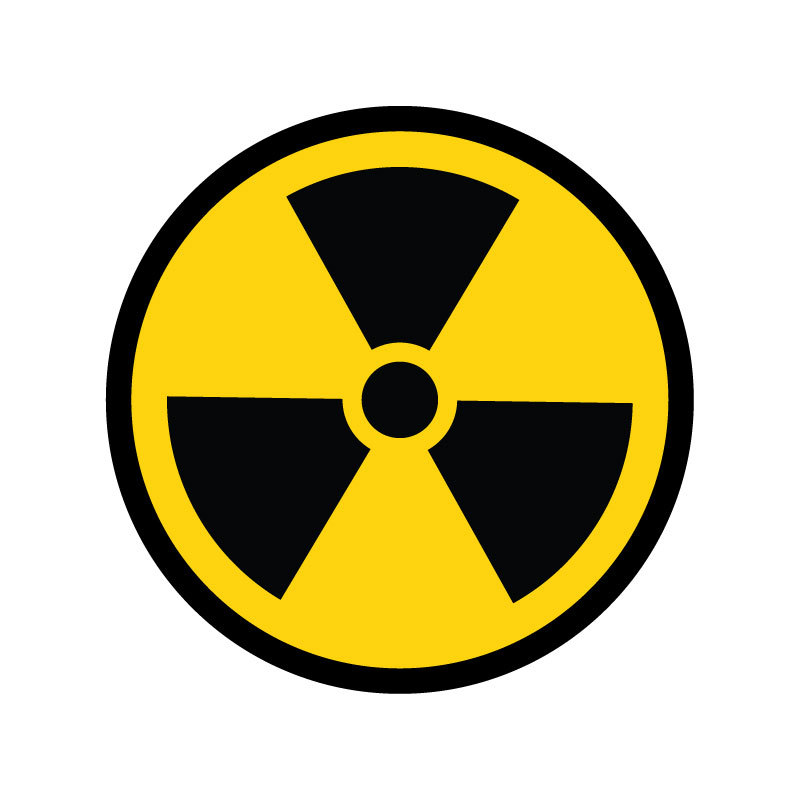
Representatives with the U.S. Department of Energy’s (DoE) National Nuclear Security Administration (NNSA), the U.S. Embassy in Bulgaria and the Bulgarian government recently completed Bulgaria’s new nuclear detection architecture.
The representatives said that the new architecture will enhance efforts to prevent the smuggling of dangerous radioactive materials across Bulgaria’s borders.
“Working together with our partners from the Ministry of Interior/Chief Directorate of Border Police (MOI/CDBP), we have successfully implemented a multilayered nuclear detection architecture in Bulgaria,” Anne Harrington, deputy administrator for defense nuclear non-proliferation for the NNSA, said. “With this architecture, MOI/CDBP can deter, detect and investigate the illicit trafficking of nuclear and radioactive materials at all of Bulgaria’s major points-of-entry. This represents a significant step in our governments’ joint efforts to keep dangerous materials out of the hands of smugglers and terrorists.”
The NNSA and MOI/CDBP have jointly been installing nuclear-detecting equipment along Bulgaria’s borders and international airports since 2008. The organizations have also trained more than 3,000 front-line officers to operate the nuclear-detecting equipment and respond to radiation alarms.
Through NNSA’s Office of Nuclear Smuggling Detection and Deterrence, the agency has completed the implementation of radiation detection systems in Armenia, Estonia, Georgia, Kyrgyzstan, Latvia, Russia, Slovakia and Slovenia. The office has also enhanced nuclear security throughout Europe, the Caucasus and Central Asia.




